In my quest to find the best combination of lenses for my photography, I have been trying out various brands and focal lengths to see what would work for me and deliver the image quality I was after. One thing was missing, however, and that was a good, lightweight, affordable telephoto lens for the longer hikes. Enter the Fujifilm XF 70-300mm f/4-5.6 R LM OIS WR.
Fortunately for me, one of the students in the night class had the lens and kindly allowed me to borrow it to see what I thought. In exchange, he borrowed the Fujifilm XF 16mm f/2.8 R WR, as he had been looking at purchasing one of them.
Necessity
Not every lens is a necessity, and sometimes, we indulge on a whim, but I was seriously lacking the reach that I needed for my photography. When I had my X-T3 I did have the Fujifilm XF 55-200mm f/3.5-4.8 R LM OIS, which was a good lens, but it didn't have the focal distance I required.

Build Quality
As expected, the XF 70-300mm f/4-5.6 R LM OIS WR is well built and weather-sealed. Weighing in at 588 g with dimensions of 132 mm retracted and 204 mm fully extended, the lens is barely noticeable in your camera bag considering the focal distance it delivers. The focal distance equivalent in full frame terms is 107mm to 450mm, so you get plenty of reach for the size. With OIS (Optical Image Stabilization) of 5.5 stops, the lens is very capable of producing sharp photos in various conditions, including low light. The focusing and zoom rings are smooth and precise, with good friction, which means even on the wilder and rainier days, you'll have no problems using them. The aperture ring closest to the body again works as expected. However, there are no aperture markings visible, so you'll have to rely on your viewfinder for that.
With OIS (Optical Image Stabilization) of 5.5 stops, the lens is very capable of producing sharp photos in various conditions, including low light. The focusing and zoom rings are smooth and precise, with good friction, which means even on the wilder and rainier days, you'll have no problems using them. The aperture ring closest to the body again works as expected. However, there are no aperture markings visible, so you'll have to rely on your viewfinder for that. 
The lens is of plastic construction and includes a large plastic lens hood. It has a filter thread diameter of 67mm. There's no AF/MF switch on the lens itself, but it does have a focus limiter switch and the aperture switch, which allows you to control the aperture from either the camera or the lens. There's no tripod collar for the lens, but after a quick online search, there are plenty available if you require one. I did try it on two tripods, my usual one, the INNOREL ST324CT carbon fiber tripod, with no downwards creeping, and a lightweight KandFConcept tripod, which produced some creeping. So, if you have a lightweight tripod and want to shoot with this lens mounted on it, I'd possibly also look at a sturdier head for it. 
Performance and Image Quality
This lightweight telephoto lens delivers great image quality at all focal lengths. With a minimum focusing distance of 85cm and fast autofocus, the lens performed well, and the resulting images were clear and sharp. Being a lightweight lens, carrying it around and shooting all day with it was no problem. Fitting neatly into the F-Stop Navin bag, the size of the lens considering the achievable focal length meant that I could carry this lens and another with no backpack required, only the shoulder sling.
For 300mm with the subject close, the images never faltered in their output quality, and the bokeh it produced was well received considering the aperture.
Of all the images I shot while trying the lens, only a couple had any noticeable chromatic aberration when zoomed to 100%, which was very easily corrected in post.
Did It Go the Distance?
As mentioned, the main reason I was trying out this lens was the quality of the image over a distance, so that when we were on long hikes, I could rely on the images that were produced and not be disheartened once returning home to edit. I had the camera set to aperture priority and photographed everything handheld, photographing as much as I could at varying focal distances, so that when home, I could pixel-peep to see the results. I'm not usually a pixel-peeper, but to be sure about this lens, I really needed to see that there were no muddied pixels in the distance. Our eyes don't see every branch at 1 km away, so I don't expect a lens to, but I do expect not to see too many mashed-together pixels, and the lens delivered clean files that were better than I expected, all at varying ISO and shutter speeds.
What I Like
- The portability of the lens
- The quality of sharpness it delivers.
What I Didn't like
- No lens collar.
Long-term Thoughts
The lens is lightweight and compact considering the focal range and provides sharp results throughout. This would fill in the gap that I am currently lacking in my setup and provide the quality sought for my images. Yes, there is the larger and more expensive 100-400mm, which at some point, I may try, but financially, it's not a viable option. Furthermore, being a heavier lens, it is not so great for the longer hikes.
This lens delivers in all aspects, weight, size, weather-sealing, and image quality, and does so surprisingly well. For landscapes and the types of images I am shooting, this sits nicely within my budget, weight, and size range, so it's another one to add to the list for this year's purchases. The XF 70-300mm f/4-5.6 R LM OIS WR might just be the lens you are looking for.




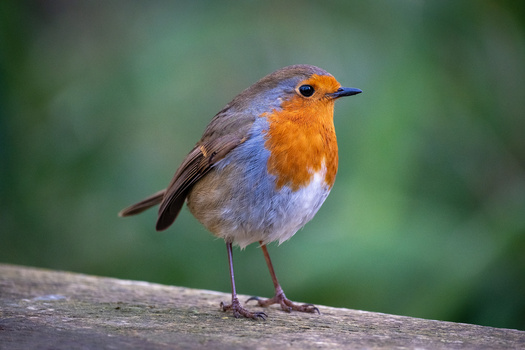
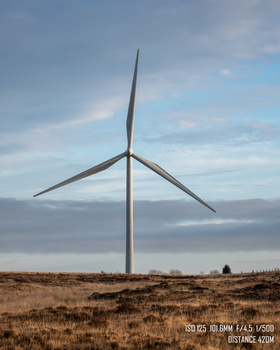

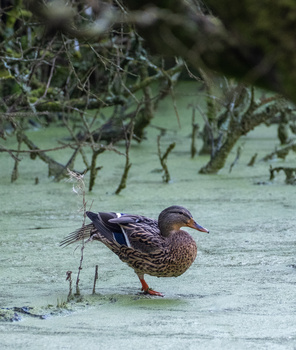

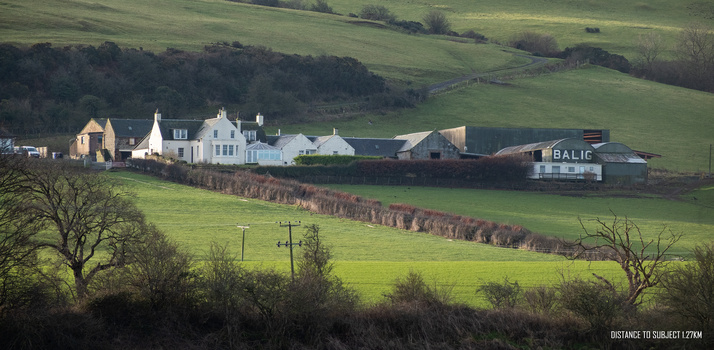
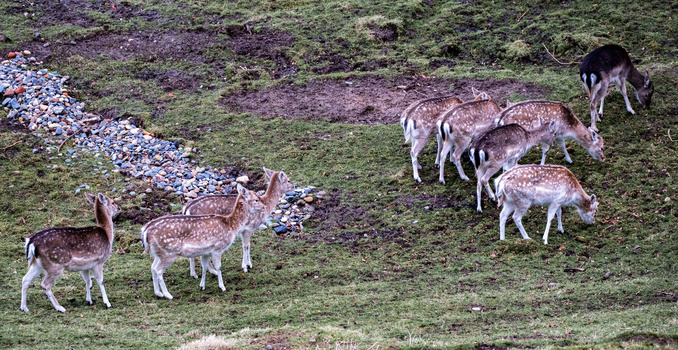
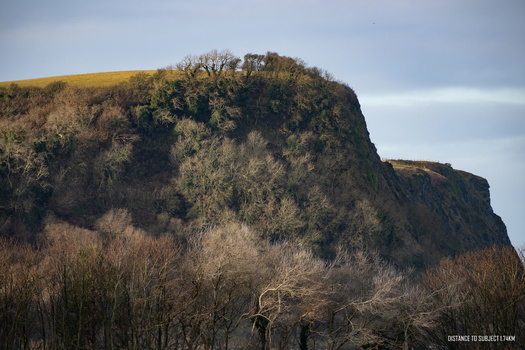
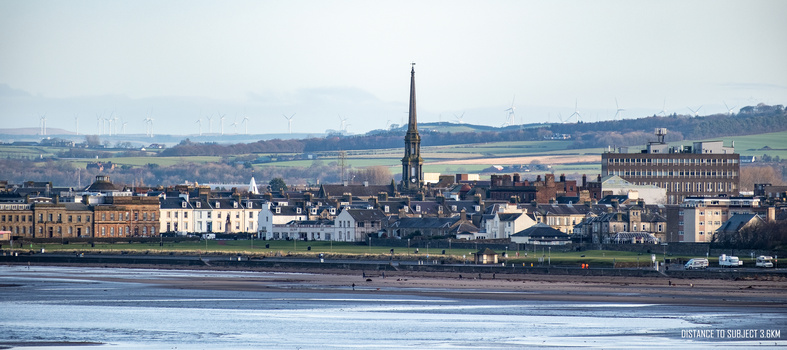
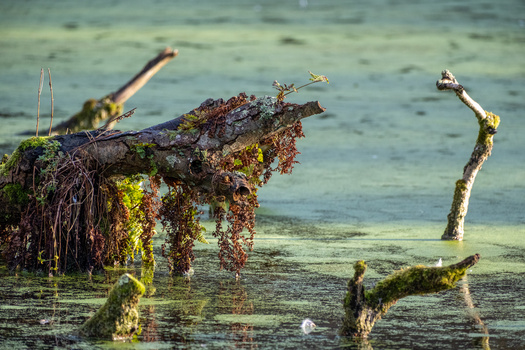
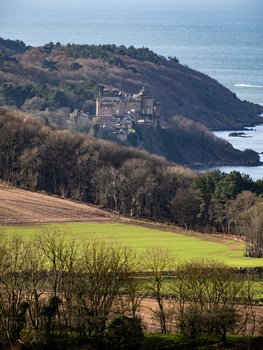






How can any lens that extends externally ever be considered a proper weather sealed lens, especially as much as this 70-300mm does?
In practice its not an issue, I've used one on a 60day hike in rain, dust and along sandy beaches, no issues at all, and i wore the paint off the corners of my xt4, so was not super careful with the equipment along the trail. The lens still looks new, but the polarising filter is a little bit worn from rubbing on my jacket. It spent about half the time in a camera bag, and half the time attached to the camera clipped to the front of my pack strap...but fully retacted unless it was being held and used.
I purchased and used this lens on my bibbulmun track end 2 end and found it was everything as you discussed, light, compact, sharp with a very useful reach. One thing you did not mention was that its also got a very short minimum focal point so does a reasonable job of being your macro lens as well, especially zoomed in whist you are standing with your pack on your back still...and i also managed some wonderful portrait shots at 70mm in the twilight ...great lens for hiking in my experience .
Cheers Steve
Many thanks for mentioning the short focal distance Steven as it also excelled in this area for the shots I tried. Recently I tried it as a portrait lens and again yes it does produce wonderful portraits. It's another one to add to the purchase list for me :)
Not much you can’t capture with the 70-300 and 16-80. I’ve got my sights on the 16-55 to pair with the 50-140, but the lighter pair would be nice for longer hikes.
Totally agree Gary, the choice, quality, and prices of the lenses make for great pairing whatever you choose.